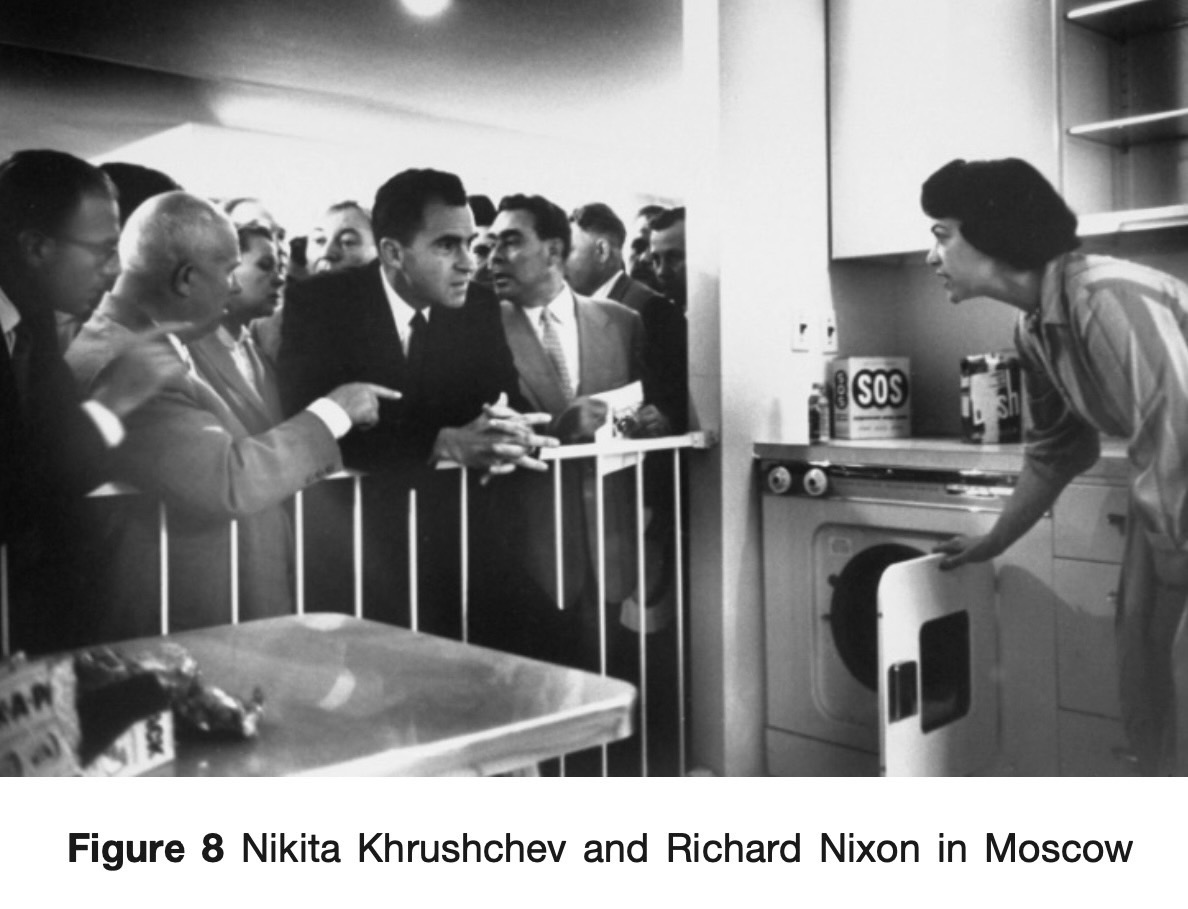Modernism and the Gender Trouble: Techno-Utopia and Gender Politics in the 20th Century Design
Main Article Content
Abstract
Among prominent figures in the architectural field of the twentieth century, Le Corbusier was undoubtedly the most renowned. His key writing Vers Une Architecture (Towards a New Architecture) was received with praise and has been regarded as the manifesto of modern and contemporary architecture ever since. His projects have become symbols of the end of the old regime and the possibility for a new democratic society. However, his revolutionary mission apparently diminishes gender issues. Although there is extensive research about Le Corbusier’s works, only a few investigated the gender aspects of his works or incorporated his artistic works into the analysis. Among several studies on politics of gender in modernist architecture, what is still lacking is the analysis of Le Corbusier’s works that are not architectural. This paper aims at examining the relationship between Le Corbusier’s architectural as well as his artistic works and gender politics through the lens of Henri Lefebvre’s spatial theory and feminist theories. The paper focuses on the modernist aesthetic, technology, and gender politics in spatial arrangements and designs, especially in the domestic sphere, that are discussed mainly in Le Corbusier’s Towards a New Architecture and his poetry collection Poem of the Right Angle. An analysis of spatial representations in both works reveals how the architect’s obsession with purist functionalism and the glorification of technology propagate the conventional concept of femininity and reduces female subjects to a unit of domestic labor. On the other hand, the paper contrasts the work of Le Corbusier with that of Margarete Schütte-Lihotzky to demonstrate how the very same aesthetics can be a design that favours women when it is appropriated by female professionals who think about equality both in terms of class and gender.
Downloads
Article Details

This work is licensed under a Creative Commons Attribution-NonCommercial-NoDerivatives 4.0 International License.
All material is licensed under the terms of the Creative Commons Attribution 4.0 International (CC-BY-NC-ND 4.0) License, unless otherwise stated. As such, authors are free to share, copy, and redistribute the material in any medium or format. The authors must give appropriate credit, provide a link to the license, and indicate if changes were made. The authors may do so in any reasonable manner, but not in any way that suggests the licensor endorses you or your use. The authors may not use the material for commercial purposes. If the authors remix, transform, or build upon the material, they may not distribute the modified material, unless permission is obtained from JARS. Final, accepted versions of the paper may be posted on third party repositories, provided appropriate acknowledgement to the original source is clearly noted.
References
Abrams, M. H. (1993). A glossary of literary terms. Harcourt Brace Jovanovich College.
Aglieri Rinella, T. (2016). Le Corbusier’s uncanny interiors.In Le Corbusier, 50 years later International Congress (pp. 23-46). Universitat Politecnica de Valencia.
Battersby, C. (1991). The architect as genius: Feminism and aesthetics of exclusion. Alba, 1(3), 9-17.
Betsky, A. (2013). Le Corbusier and the sexism of architecture. Architect Magazine. https://www.architectmagazine.com/design/le-corbusier-and-the-sexism-of-architecture_o
Buzzi, F. (2017). Human, all too human’: A critique on the modulor. Failed Architecture. https://failedarchitecture.com/2017/05/human-all-too-human-a-critique-on-the-modulor/
Carranza, L.E. (1994). Le Corbusier and the problems of representation. Journal of Architectural Education, 48(2), 70-81.
Colomina, B. (1992). The split wall: Domestic voyeurism.In B. Colomina (Ed.), Sexuality & Space (pp.73-129). Princeton Architectural Press.
Curtis, W.J.R. (2015). Le Corbusier: Ideas and forms. Phaidon.
Diener, D. (2012). Beautiful ideas worth dying for and scorn for woman: An analysis of gender in male and female authored futurist texts. University of Saskatchewan.
Digonnet, R. (2017). Inhabiting Language, Constructing Language. Peter Lang.
Flanders, J. (2015). The making of home: The 500-year story of how our houses became our homes. Thomas Dunne Book.
Foucault, M. (2002). Order of things. Routledge.
Foucault, M. (1980). Power/Knowledge : Selected interviews and other writings, 1972-1977. Knopf Doubleday Publishing Group.
Gramsci, A.(1992). Prison Notebooks (Volume 2). Columbia University Press.
Henderson, S. (2009). Housing the single woman. Journal of the Society of Architectural Historians, 68(3), 358-377.
Henderson, S.R. (2013). The new woman’s home, excerpt from building culture: Ernst May and the new Frankfurt initiative, 1926-1931. Peter Lang.
Hunt, J. D. (1992). Gardens and the picturesque: Studies in the history of landscape architecture. MIT Press.
Jacobs, J. (1992). The death and life of Great American cities. Vintage Books.
Koyré, A. (1957). From the closed world to the infinite universe. The Johns Hopkins Press.
Kuhlmann, D. (2013). Gender studies in architecture: Space, power and difference. Routledge.
Le Corbusier. (1986). Towards a new architecture. Dover Publications.
Lefebvre, H. (1991). The production of space. Blackwell.
O’Halloran, T. (1959). The Kitchen Debate – Transcript. Central Intelligence Agency. https://www.cia.gov/readingroom/docs/1959-07-24.pdf.
Oldenziel, R., & Zachmann, K. (2009). Cold war kitchen : Americanization, technology, and European users. MIT Press.
Scuriatti, L. (2019). Mina Loy’s critical modernism. University Press of Florida.
Spivak, G. C. (1999). A critique of postcolonial reason: Toward a history of the vanishing present. 2193-2208. Harvard University Press.
Thisted, W. (2004). The Poem of the Right Angle: Aesthetics Between Kant and Hegel. Walkerthisted. http://static1.1.sqspcdn.com/static/f/1173002/23752021/1382585789117/The+Poem+of+the+Right+Angle.pdf.
White, D. (2001). Masculine construction: Gender in twntieth-century architectural discourse. University of Adelaide.


